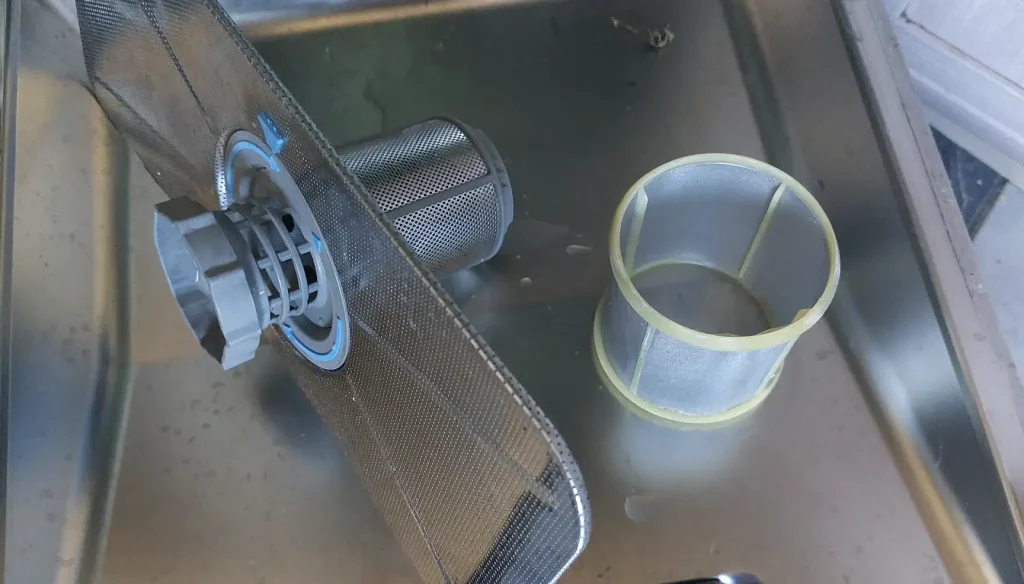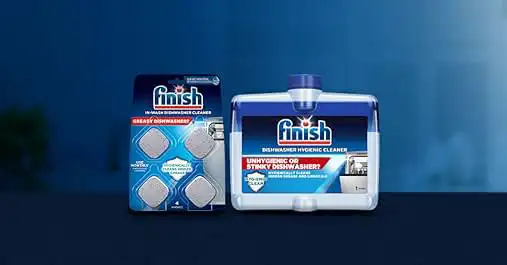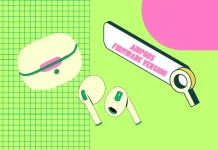No matter what type of dishwasher you own, it’s essential to regularly monitor its condition. Proper care can significantly extend the lifespan of your appliance. For instance, I have a Bosch SRV33A13 dishwasher, purchased in 2007. After 17 years of use, I can share the issues I’ve encountered and provide tips on how to maintain it for long-lasting performance.
Problems with the Bosch Dishwasher
Over the years, I’ve faced the following issues with my dishwasher:
- Drain pump jamming due to food debris.
- Clogging of the drain hose.
- Jamming of the salt valve.
- Aging of the door seals.
Let me explain these issues in more detail:
- Drain pump jamming: This happened when a large fish bone found its way into the pump mechanism. I had to dismantle the filter and manually remove the bone to fix the problem.
- Clogging of the drain hose: This was more of a human error. I once used a cheap detergent that did a poor job of removing grease. Over time, the residual grease built up inside the drain hose until it became completely clogged. One day, I opened the dishwasher and found water inside. I had to disassemble the drainage system and clean the hose thoroughly. Since then, I’ve switched to Finish detergents, and the problem hasn’t recurred.
- Salt valve jamming: My dishwasher requires salt to soften the water. Once, I used fine powdered salt instead of the usual coarse variety. After the first wash, the dishes were covered in salt deposits, and the entire salt supply was used up in just one cycle, even though it should have lasted a month. The salt valve, which controls the amount of water entering the salt compartment, had malfunctioned. Rather than attempt a repair, I ran several cycles at the maximum temperature and cleaned the dishwasher with a specialized cleaner. Fortunately, this restored the valve’s functionality.
- Aging door seals: After 10 years, the rubber seals on the door began to deteriorate. Wiping them with a sponge left black marks on the sponge and the rubber was sticky to the touch – signs that it was deteriorating. Periodic wiping of the seals with soapy water helps a little, but it is clear that the seals will soon have to be replaced.
How to Properly Clean a Bosch Dishwasher and Recommended Intervals
Cleaning the filters

The dishwasher contains two filters designed to prevent food residue from entering the drain pump. The first is the coarse filter, which traps larger food particles. It has a large-mesh screen to catch larger pieces of food and a fine mesh for smaller particles, allowing only the smallest pieces, smaller than a grain of sand, to pass through. These filters require regular cleaning. I usually rinse them with water, but the fine mesh filter requires more attention. I wash it with soapy water and use a kitchen brush to clean it, as just rinsing it is not enough to get it clean.
Cleaning the inside of the dishwasher
As for the inside of the dishwasher, there isn’t much that needs to be wiped down except for the rubber seals. I clean them every two weeks using a soft sponge with a soapy water solution. The manufacturer recommends doing this at least once a month to keep the seals in good condition.
Cleaning the atomizers
To be honest, I haven’t cleaned the atomizers in 17 years. Visually they appear clean, and regular use of salt to soften the water prevents mineral and sediment buildup. However, if the atomizers become clogged, you can use a toothpick to clean the holes and restore normal water flow.
Using dishwasher cleaners
There are various dishwasher cleaners available, and they are quite effective for cleaning hard-to-reach areas by hand. They help to clean the pump components and the drain system. Using a cleaner periodically is a smart way to extend the life of your dishwasher. Personally, I use Finish cleaner for this purpose and it does a great job of keeping the machine in good condition. I don’t use detergent that often, I usually do it once a year.





